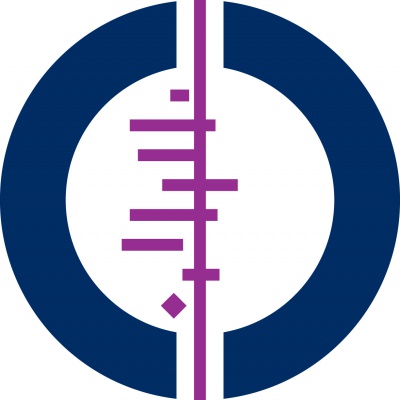Periodic change of body position under phototherapy in term and preterm neonates with hyperbilirubinaemia - Cochrane

Review question
Does changing babies' position improve the results of light therapy for full-term and premature babies with jaundice?
Key messages
In this systematic review, we evaluated studies comparing scheduled repositioning and no scheduled repositioning of full-term and premature babies having light therapy for jaundice. These two positioning strategies resulted in little or no difference in the length of time light therapy lasted or the rate at which bilirubin levels fell. Bilirubin is the substance that causes jaundice, which is yellowing of the skin and the whites of the eyes.
None of the studies included in the review reported the effect of changing babies' positions on unwanted effects, including sudden infant death syndrome.
Future studies should investigate scheduled repositioning of babies under light therapy whilst including very premature babies and babies experiencing all types of jaundice.
What is jaundice?
Jaundice (also called hyperbilirubinaemia) is a common condition in newborn babies that causes the skin and the whites of the eyes to become yellow, which is the result of too much bilirubin in the blood. Bilirubin is a yellow substance that is produced when red blood cells break down. As the livers of newborn babies cannot remove bilirubin from their blood effectively, the levels build up. In some cases, babies end up with very high levels of bilirubin in their blood, which can cause brain damage. Once babies are about two weeks old, their livers can process bilirubin, and jaundice gets better by itself.
How is jaundice treated?
The most common treatment for jaundice is light therapy (phototherapy). Babies are placed underneath a special light, with their eyes covered, wearing just a nappy (diaper), so that as much skin as possible is exposed to the light. Phototherapy breaks down the bilirubin, which can then be passed out of the body. Some babies might get a rash or diarrhoea with phototherapy, but it usually does not cause unwanted effects. It usually takes about 48 hours of phototherapy to reduce bilirubin to a safe level in most babies.
What did we want to find out?
Turning babies onto their back and then their sides during phototherapy exposes different areas of skin to the light and might reduce bilirubin levels more quickly. We wanted to find out if phototherapy is more effective if babies are turned over at set times, compared to keeping them in one position.
We were particularly interested in the effects on full-term (born up to three weeks before their due date) and premature babies in the first 28 days of life. We wanted to know if changing babies' position reduces the length of time needed to have phototherapy; changes the rate at which bilirubin levels fall; or causes any unwanted effects, especially sudden infant death syndrome (SIDS, or 'cot death').
What did we do?
We searched for studies that investigated changes in body position compared to no changes in body position for newborn babies undergoing phototherapy for jaundice. The changes to babies' body positions and the times between changes had to follow a set schedule. Babies had to have jaundice, be born at full term or premature, and could be male or female.
What did we find?
We found 5 studies including a total of 343 babies. Three studies included healthy, full-term newborn babies, whilst the other two studies included both full-term and premature babies. All studies compared scheduled changes in babies' body positions with no change in body positions during phototherapy. Babies could be placed on their back, front, or side, and their position would be changed according to the study's plan. Changes in position were based on time (every 30 minutes to 6 hours); the handling of the baby (e.g. after each breastfeeding session); or change in each nursing shift (e.g. once during a shift).
Main results
Changing babies' body position under phototherapy compared to not changing babies' body position may make little or no difference to the length of time phototherapy lasts (4 studies, 231 babies) and the rate at which bilirubin levels fall 24 hours after starting phototherapy (1 study, 100 babies). We do not know if changing body position causes unwanted effects, as this was not reported by any of the included studies.
What are the limitations of the evidence?
Our confidence in the evidence is limited because we found few studies, and those that we did find did not use the best methods to analyse and report their results. None of the included studies reported on unwanted effects.
How up to date is this evidence?
The evidence is current to 5 March 2021.
Comments
Post a Comment